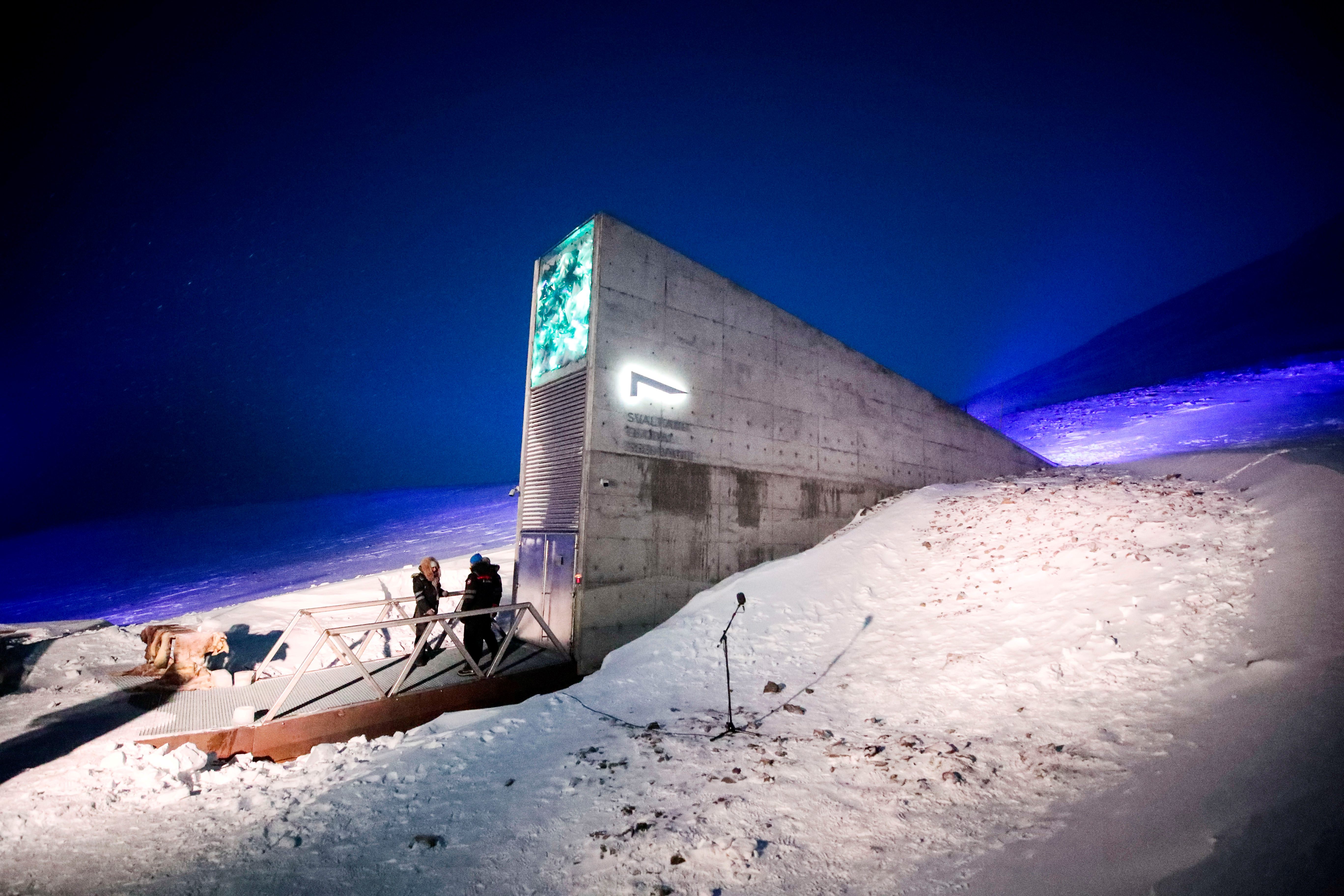One Tuesday final iciness, in the town nearest to the North Pole, Robert Bjerke grew to become up for paintings at his usual hour and checked out the laptop display on his table to discover, or so it regarded for some horrible moments, that the destiny of human civilization become in jeopardy.
The morning of 16 December 2014 was a mild winter in Svalbard: -7.6C with moderate winds. The archipelago, which lies inside the Arctic Ocean, is beneath Norwayâ€┠‘s control, but it’s far almost twice as long way from Oslo as it is from the North Pole. The primary town, Longyearbyen, has many unexpected comforts –: tax-free liquor and cigarettes, apparel stores, and a cafe with artisan goodies shaped like polar bears and snowflakes.

For Bjerke, who works for the Norwegian authoritiesâ€┠¢s assets company, Statsbygg, the cold and isolation were a huge attraction when he moved there. Bjerke loved the stillness and getting out into that substantial white Arctic desert on his snowmobile, so he signed on for a 2d posting at Svalbard a decade or more after his first stint. However, when Bjerke arrived at the workplace, he looked forward to spending Christmas with his wife and three youngsters close to Oslo.
Statsbyggâ€┠‘s inexperienced industrial-style construction sits on a hill overlooking the metropolis and the inky blue waters of a fjord. It’s miles a lovely view, but that day, the monitor commanded Bjerkeâ€⠓‘s interest. Within the most important assets under his care –, the Svalbard Global Seed Vault –, the temperature analysis became off. The vault was too heated.
When you consider that in 2008, the Svalbard seed vault and its guardians were entrusted by way of the arenaâ€⠓¢s governments with the safekeeping of the most prized sorts of vegetation on which human civilization was raised, that morning, it contained the seeds of almost 4,000 plant species – extra than 720,000 man or woman plastic-sheathed samples. The web page became built to be catastrophe-evidence: 130 meters up the mountain in case of sea-degree rise, earthquake resistant, and with natural permafrost insulation to ensure the contents were stored frozen for many years to return.
Approximately 60% of Svalbard is glacial. No signs exist that it became settled using human beings earlier than whalers and hunters built small communities alongside the coast, and coal changed into discovery. Nothing grows there aside from wildflowers and grass. However, within the early Nineteen Eighties, Nordic nations started the usage of a deserted mine shaft, down the hill from the vault, as a safe residence for seeds. While industrial-scale farming became perceived as a threat to crop variety, it became the primary test in using permafrost as a bloodless garage for sources.
When governments commenced talking about the danger to crops from climate alternates, Norway emerged as one of the best locations still trusted by both growing and industrialized nations. Norway was the logical place if there had been a settlement to find a safe house for seeds. Governmwould have been from Washington to Pyongyang agreed to deposit again-up copies of their most precious plant assets in Svalbard. The late Kenyan environmental activist and Nobel laureate Wangari Maathai made the primary deposit, a box of rice seeds, in February 2008. On arrival at the vault, the seeds were plunged to a temperature of -18C, frozen in time in opposition to drought, pestilence, struggle, disease, and the slow-transferring disaster of weather exchange.











